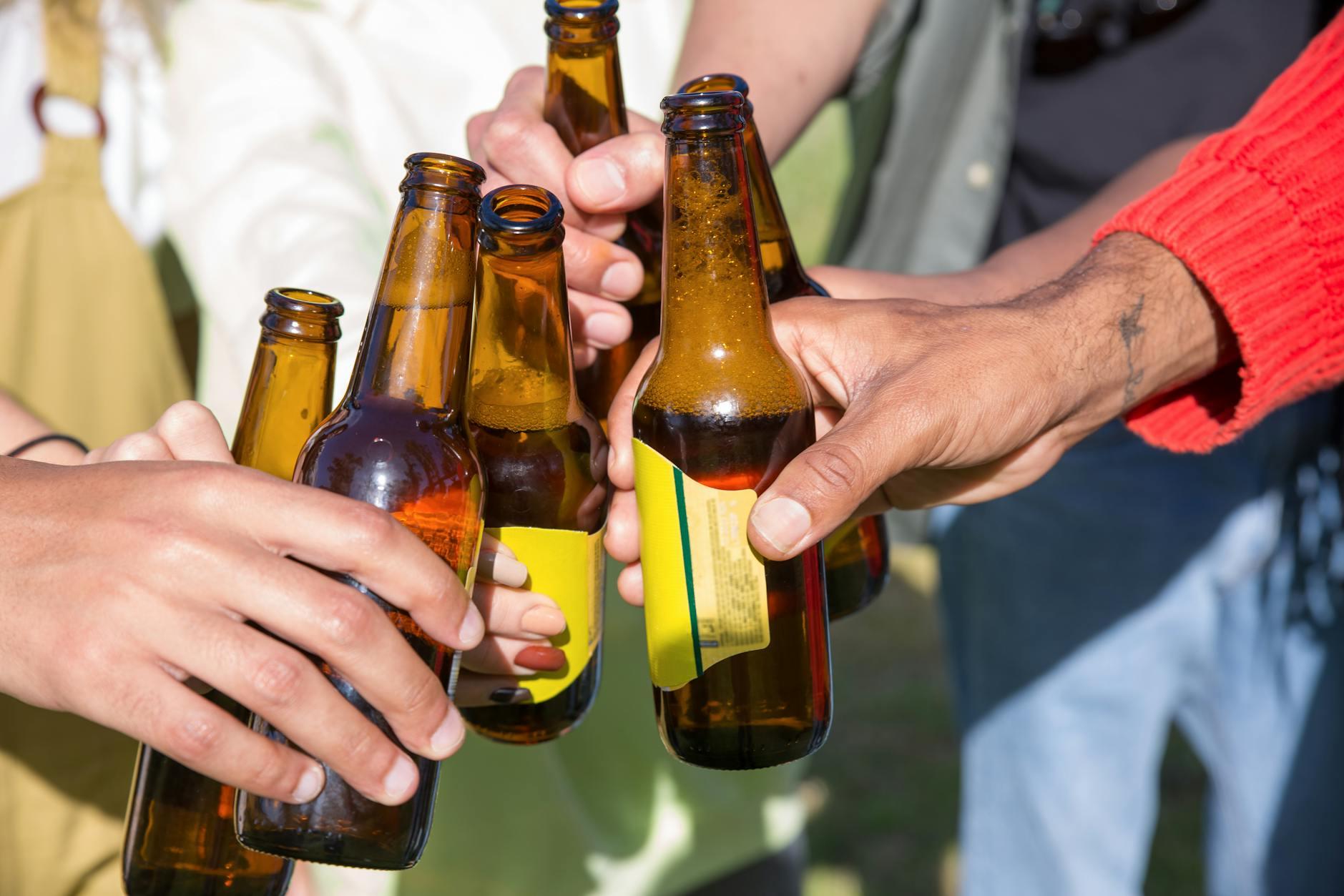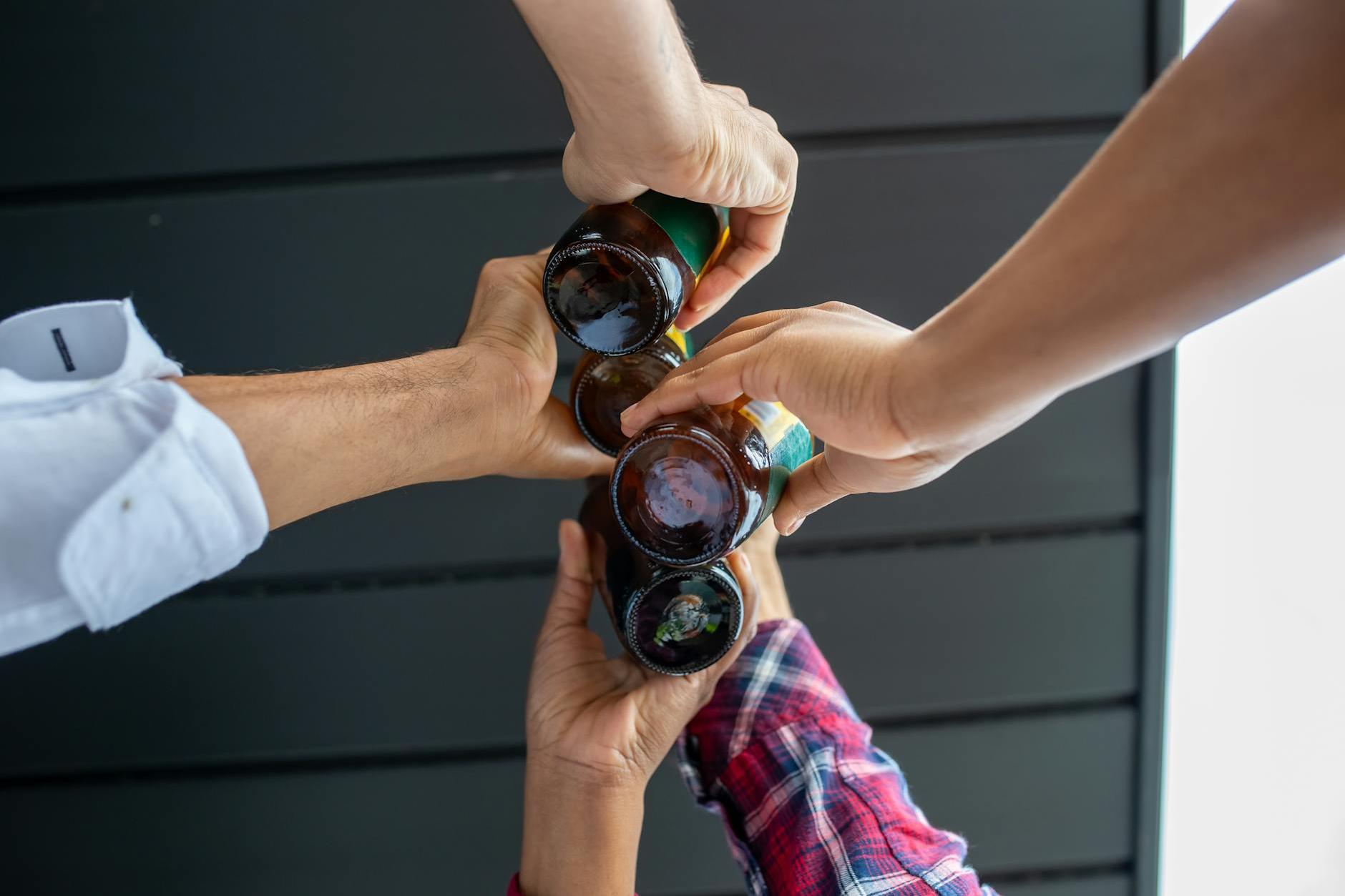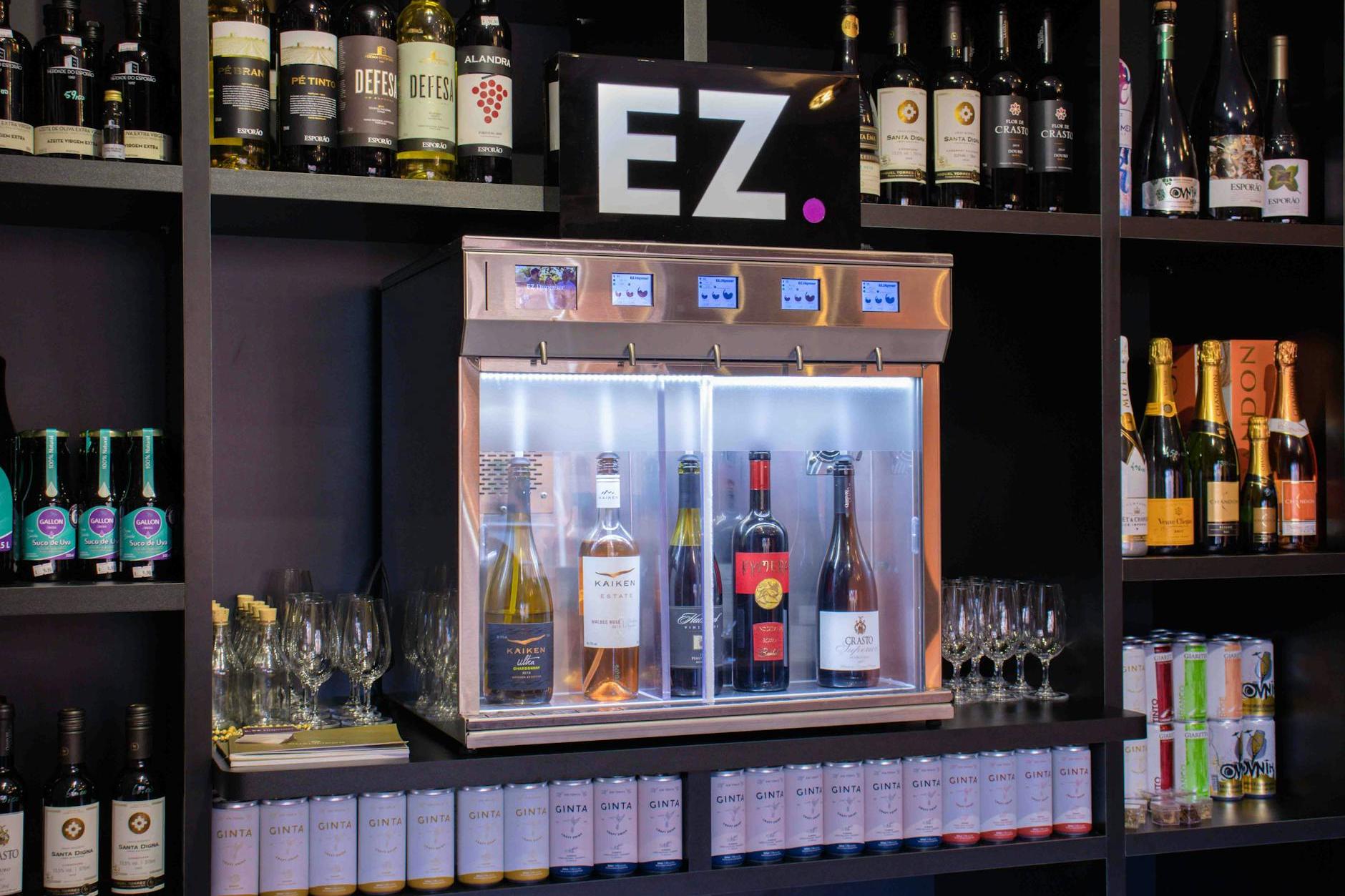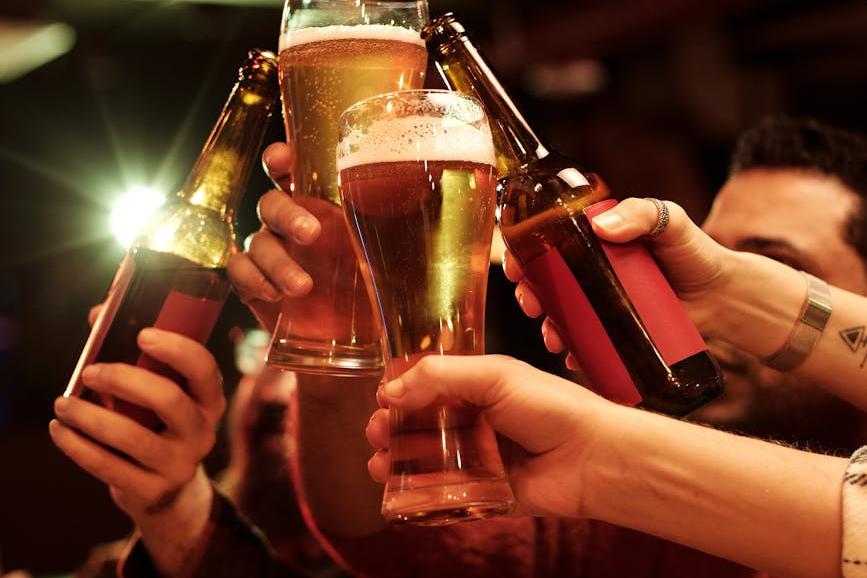- 20 Years of Expertise in Import & Export Solutions
- +86 139 1787 2118

When Craft Beer Meets Customs Clearance Efficiency: A Race Against Time
At 6 a.m. in the Port of Hamburg, a container carrying 200,000 liters of German dark beer is being hoisted. With only 37 days left until the summer promotion of Chinese distributor "Craft Brewery," the customs clearance efficiency will directly determine whether this batch of beer can arrive on time at the open-air lounge on Shanghai's Bund. As a professional with 20 years of experience in the industry,?Foreign trade?Old soldier, I've witnessed far too many cases where customs clearance delays led to beer oxidation and spoilage—this isn't just about financial loss, it's a matter of reputation.
The Three Critical Timelines for Beer Importation
- 72-hour Freshness Line:From the loading of containers at the port of origin to the cold chain connection at the port of destination, the temperature fluctuation must not exceed ±1°C throughout the entire process.
- 21-day quality line:The entire transportation and customs clearance process must be completed within 3 weeks to prevent the loss of hop aroma.
- 5-hour emergency window:The ability to respond quickly during unexpected inspections determines whether demurrage fees will be incurred.
The Invisible Killer of Customs Clearance Efficiency (With Real Cases)
In 2023, while acting as the agent for a Belgian abbey beer, the client's self-declaration of "malt beverage" led to a classification error, triggering a 14-day laboratory test and identification process. Ultimately, the turbidity index of the arrived beer exceeded the standard by 2.3 NTU, resulting in a total loss of over 800,000 RMB for the entire shipment.
- Typical delay scenarios:
- The declared alcohol content error exceeding 0.5% vol triggers laboratory testing.
- ?Certificate of Origin?Conflict between the book and the back label information
- The IPPC mark on the wooden pallet is blurred.
The Quartet of Time Management for Professional Agents
- Pre-classification system:Lock in the tariff code 22030000 (beer) in advance to avoid classification disputes.
- Document Matrix Management:
- Sanitary Certificate and Filling Date Logical Verification
- Wine label translation and Chinese back label third-level review
- Cold Link Force Solution:Port cold storage pre-registration +?trucking?Temperature Control Dual Redundancy
- Emergency Inspection Kit:Including sampling tool kit/rapid test reagent/backup Chinese labels
Actual measurement of time efficiency differences across various ports.
| Port | Routine customs clearance | Inspection and handling | Cold chain connection |
|---|---|---|---|
| Shanghai Yangshan Port | 3 Working Days | 48-hour response | 4-hour channel |
| Guangzhou Nansha Port | 4 business days | 72-hour response | 6-hour channel |
When the Unexpected Strikes: Our 72-Hour Emergency Plan
When handling the case of Canadian ice wine beer mixed beverage last year, we encountered classification disputes. After activating the contingency plan:
- Hour 1: Retrieve the brewing process documentation
- Hour 8: Submission of Supplementary Explanation for Advance Ruling
- Hour 24: Coordinate with third-party testing agencies
- Hour 52: Obtain the release order.
At which stage is your beer?
Refer to this flowchart to self-check the timeliness risk:
Production Filing → Export Declaration →?Ocean shipping?Shipment → Document pre-review → Port declaration → Tax payment and release → Cold chain delivery. Among these, the document pre-review phase can be initiated 20 days in advance, which is a golden buffer period often overlooked by most importers.
I remember in 2021 when assisting a craft beer brand, we managed to squeeze out 6 days from the standard 25-day process by simultaneously initiating the Chinese label pre-approval while loading the containers in Germany. This allowed the beer to make it into the first batch of shipments for the "618" e-commerce mega-sale.
At its core, customs clearance time management for beer is much like craft beer itself—it demands professional expertise, rigorous standards, and a touch of relentless pursuit of perfection. Are you ready to equip your imported beer with a "customs clearance safety lock"?
Recommended for You
Category Case
Contact Us
Email: service@sh-zhongshen.com
Recommended for You
Contact via WeChat

? 2025. All Rights Reserved.









